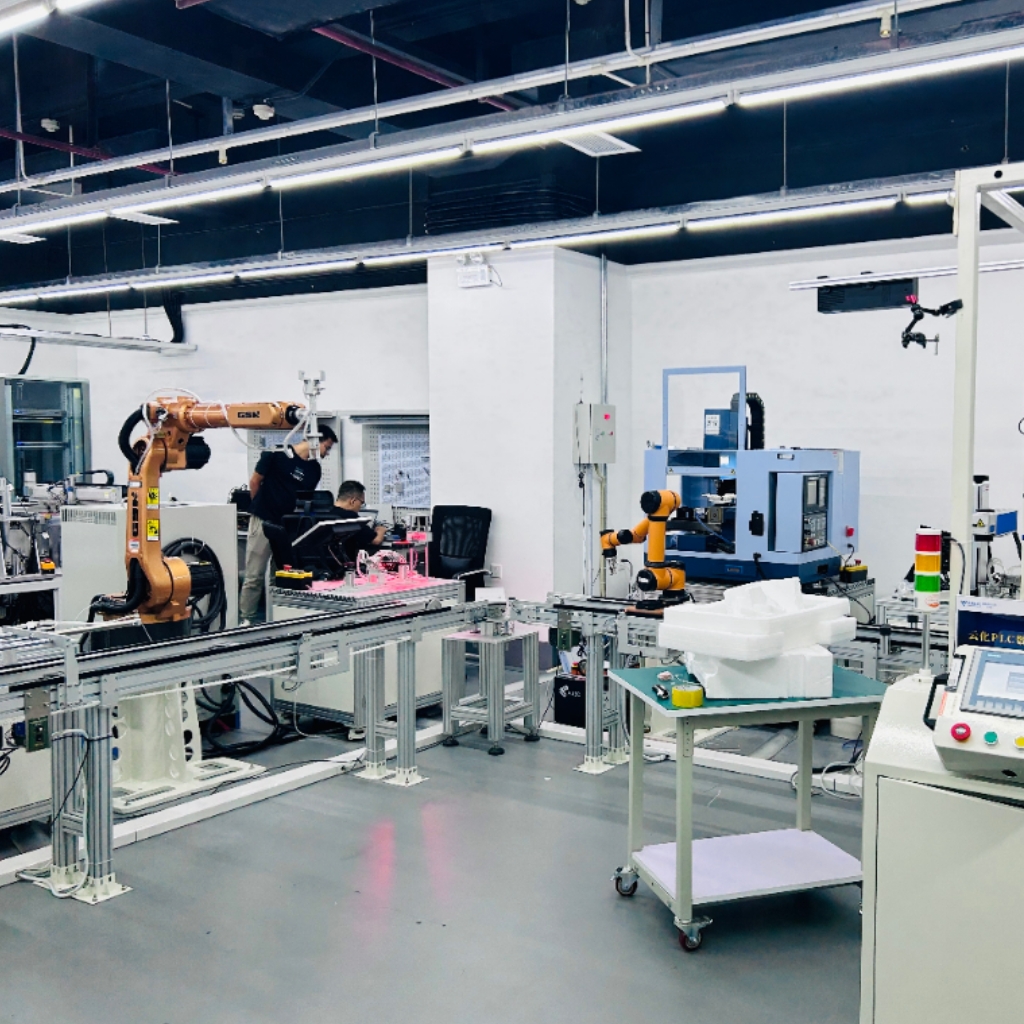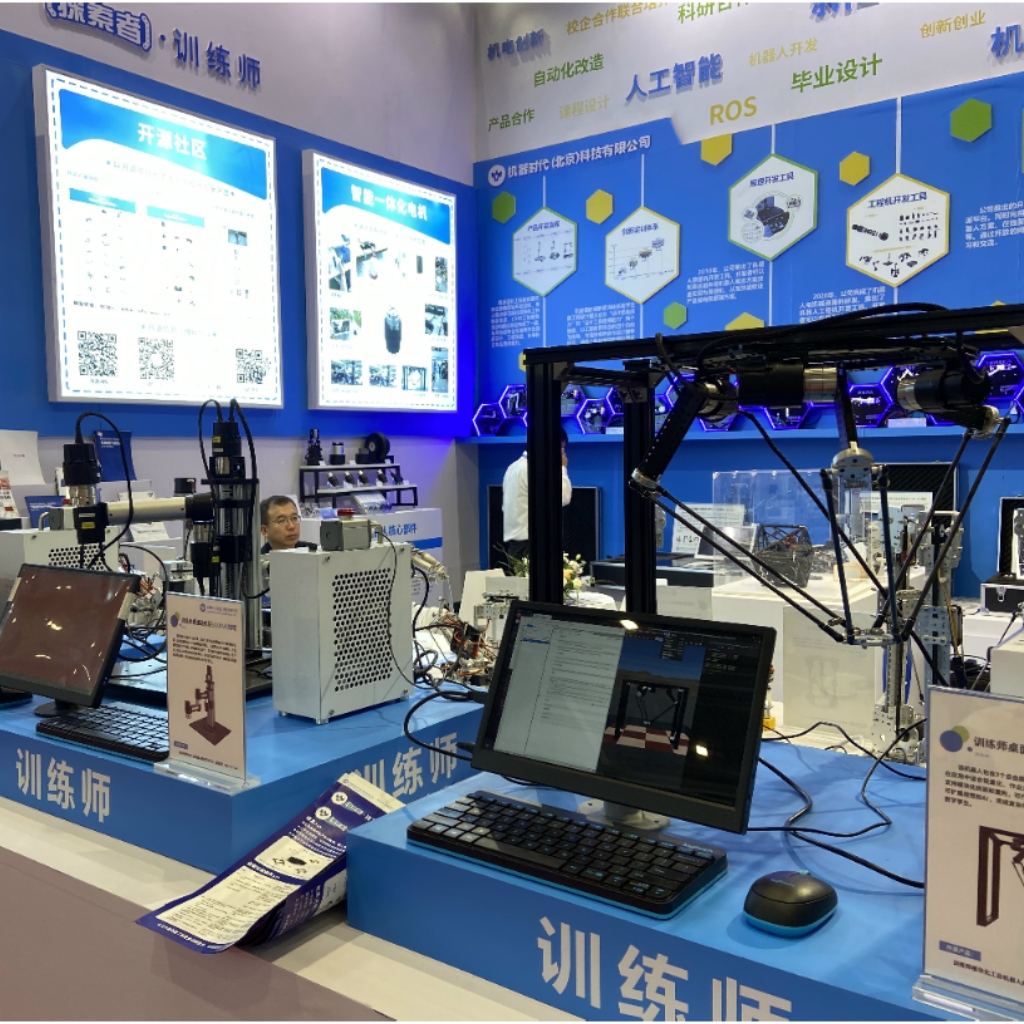Blog
Xendoll has 22 years of experience in the production of small machine tools. We will help you choose the suitable machine and share our experience in CNC machining with you.
 Aug 26, 2025
Aug 26, 2025

 594
594
For machinists, hobbyists, and professionals alike, few things are as simultaneously frustrating and common as the challenge of machining small parts. Whether you're crafting a precision component for a model engine, a specialized tool, or a part for an educational robotics kit, securely holding a small workpiece in your lathe chuck is the fundamental first step to a successful project. A poorly held part can lead to disastrous outcomes: it can be launched like a projectile, damaged beyond repair, or cause inaccurate machining, wasting time and valuable material. So, what is the best way to conquer this challenge? The truth is, the "best" method depends on your specific project, but by understanding the most effective techniques and tools, you can ensure safety, precision, and efficiency in your small-part machining endeavors.

The primary issue with small parts is their lack of mass and surface area. A standard 3-jaw chuck is designed for larger, more substantial workpieces. When you try to grip a small-diameter rod, only the very tips of the chuck jaws make contact. This drastically reduces gripping force and increases the risk of the part being pulled from the chuck due to cutting forces. Furthermore, excessive tightening can easily crush or deform delicate materials like aluminum or brass. Therefore, the goal is to maximize contact area and distribute clamping pressure as evenly as possible.
Here are the most effective strategies, ranging from simple modifications to dedicated tooling solutions.
1. The Collet Chuck System: The Gold Standard for Precision
For anyone regularly machining small, round parts, a collet chuck is undoubtedly the best investment. Collets are cylindrical sleeves with a tapered exterior and a precisely sized internal hole. When pressed into the matched taper of a collet chuck, they contract evenly around the workpiece.
Why it's effective: Collets offer 360 degrees of uniform grip, providing immense holding power without distorting the part. They also guarantee excellent concentricity, meaning your part runs perfectly true with minimal runout.
Best for: High-precision work, repeated production of parts with the same diameter, and holding very small-diameter stock.
Xendoll Connection: Our ER collet chucks and collet sets are engineered for mini lathes, providing professional-grade accuracy and repeatability for serious machining enthusiasts and educational workshops.
2. Soft Jaws: The Customizable Solution
If you already have a scroll chuck, machining a set of soft jaws is an excellent technique. Soft jaws are typically made from aluminum or mild steel and are bored to a specific diameter on the lathe itself.
Why it's effective: By boring the jaws in situ, you create a perfect, concentric grip tailored to your exact part size. This maximizes surface contact and allows you to hold non-round shapes or grip on a previously machined feature.
Best for: Holding small, finished parts without marring them, gripping on irregular shapes, and short production runs where a collet isn't available.
Xendoll Connection: We offer affordable soft jaw blanks compatible with common mini-lathe chucks, enabling you to create custom gripping solutions for any project.
3. Step Jaws or Reversible Jaws: Maximizing Your Chuck's Capacity
Many modern scroll chucks come with two-piece jaws that can be reversed. Standard external gripping jaws, when reversed, become step jaws that allow you to grip much smaller diameters by moving the point of contact closer to the chuck's center.
Why it's effective: It’s a simple, no-cost solution if your chuck allows it. It brings the gripping surface closer to the chuck body, increasing rigidity and reducing overhang.
Best for: Quick jobs, gripping small-diameter stock when a collet isn't necessary, and general-purpose machining.
Xendoll Connection: Our premium 3-jaw self-centering chucks often include reversible jaws, providing this versatile functionality right out of the box.
4. The "Hold-On" Method: A Simple Workholding Trick
This is a classic manual machinist's trick for very short parts. You start with a longer piece of stock, machine your part features on the exposed end, and then part it off from the larger "holder" section.
Why it's effective: It allows you to safely machine a part that would otherwise be too short to grip effectively in the chuck. The larger diameter parent material provides the necessary mass and grip for the chuck.
Best for: Creating very short, discrete parts like spacers, washers, or small pins.
5. Magnetic Chucks: A Specialized Alternative
For certain non-ferrous materials and very fine work on ferrous metals (steel, iron), a magnetic chuck can be a viable option. However, this is a more specialized tool and not commonly used for general small-part turning on mini lathes.
Why it's effective: It provides a completely unobstructed holding force across a flat surface.
Best for: Fine finishing operations on flat, ferrous parts. Not suitable for high-torque roughing cuts.
As we've seen, there is no single "best" way, but there is a best way for your application.
For ultimate precision and repeatability: Invest in a collet system.
For protecting finished surfaces and custom grips: Machine a set of soft jaws.
For a quick and free improvement: Use your chuck's reversible jaws.
For making very short parts: Use the "hold-on" method with longer stock.

Regardless of the method you choose, always prioritize safety. Ensure your setup is secure, use sharp tools to minimize cutting forces, and never stand in the direct line of fire of the chuck.
At Xendoll Tools, we understand the nuances of miniature machining. We design our chucks, collet systems, and accessories to provide the rigidity, accuracy, and safety that machinists and educational institutions need to tackle even the most challenging small-scale projects. Explore our range of high-quality workholding solutions on our website to find the perfect tool to empower your precision.
Explore our precision workholding solutions at xendolltools.com and transform how you handle your next miniature masterpiece.



 Show all our samples
Show all our samples
 Provide you with a free quote
Provide you with a free quote
 Answer all the questions you may have
Answer all the questions you may have
 Guided installation and other options
Guided installation and other options